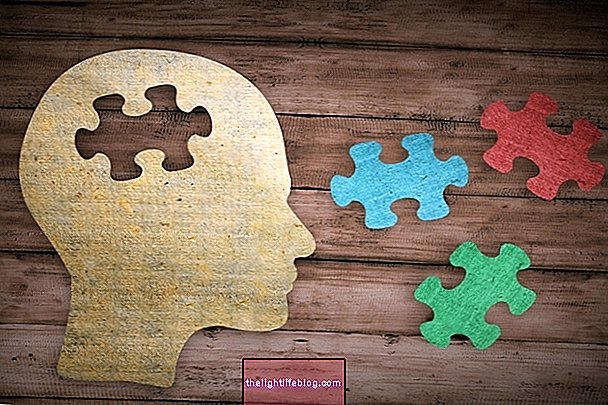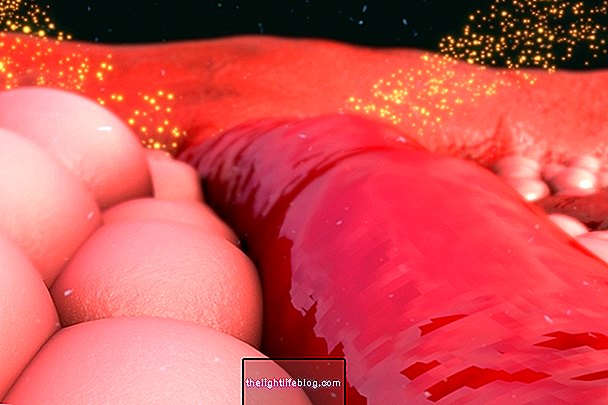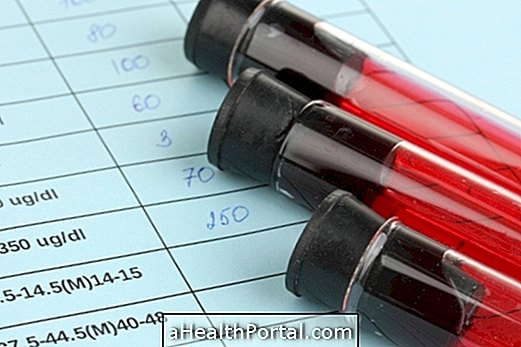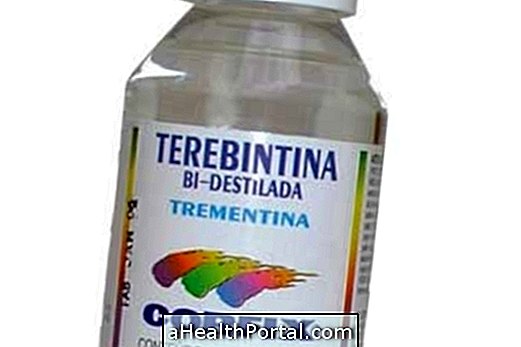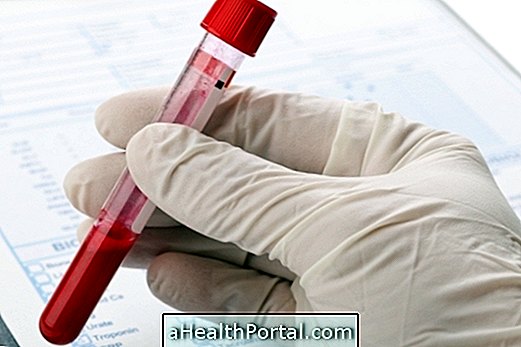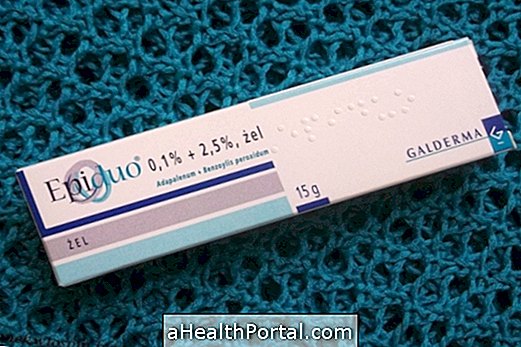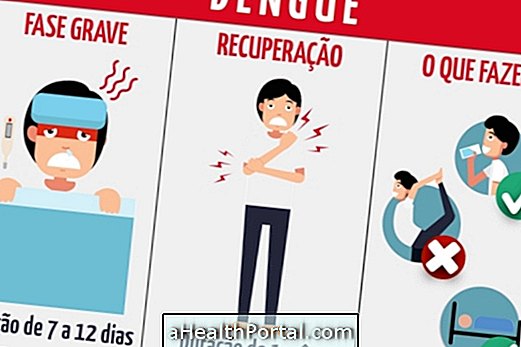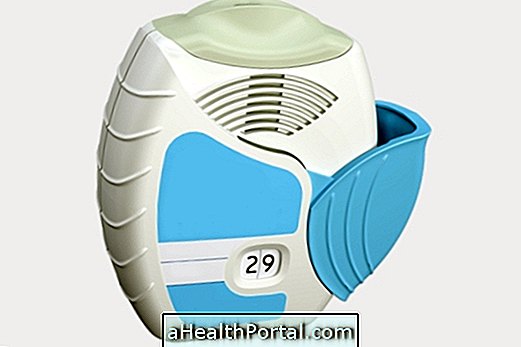Crack is a popular term used to describe cocaine in its crystallized state, which forms clusters similar to white stones that, when burned, make small crackles - "crack".
This drug can be burned and smoked in stone form, through pipes often improvised with everyday materials, or broken and used to mix in cigarettes, for example. Since the absorption of smoke in the lung is quite easy, this drug has effects faster than cocaine, which is usually inhaled as a powder.
Because it is a stimulating drug, crack after smoking creates a rapid euphoric effect that leaves its user with more energy and greater self-esteem, and it is for these reasons that crack ends up being used a lot, especially by people who are going through difficult periods. However, crack, as well as cocaine, also has a high addictive power and, therefore, the user also ends up needing to use the drug more frequently and in gradually higher doses, which brings several health risks.

Main symptoms
In addition to having higher levels of energy, confidence and euphoria, a person who is using crack may also have other signs and symptoms, such as:
- Very dilated pupils;
- Inability to be quiet;
- Aggressive behavior;
- Increased heart rate;
- Presence of burns or blisters on the lips and fingers.
After a few hours of use, it is common to experience a very great feeling of exhaustion, which makes the person sleep for more than 12 hours and wake up with more hunger than usual.
Check out other signs and symptoms that may arise in people who use drugs.
What happens in the body
After smoking crack, the smoke reaches the lungs and is absorbed quickly into the bloodstream. Then, these absorbed substances are transported to the brain where they manage to increase the amount of dopamine, through a mechanism that prevents this neurotransmitter from being reabsorbed.
As the concentration of dopamine in the brain increases, the person will get an increasing feeling of excitement, energy and euphoria. However, with these effects that can be considered "positive", there are also other changes that can put health at risk, especially at the cardiac, respiratory and neuronal levels.
The first changes appear in the brain, since it is the place where the drug acts directly and, in this case, there is a change in the network of neurons that changes the way the brain responds to the sensation of pleasure and how it deals with stress, which with the person to start to see crack as the only solution to their problems. In addition, and because it causes changes in neurons, hallucinations and aggressive behavior are also common.
Afterwards, and mainly due to prolonged use, the heart rate can also be affected, as well as breathing, with a greater risk of serious complications such as infarction, respiratory arrest or seizures.
Because crack is addictive
Because it is made with cocaine, crack is an extremely addictive substance because it is capable of chemically altering a part of the brain known as the "reward system". What happens is that when people smoke crack, they end up having a higher concentration of dopamine in the brain, a type of neurotransmitter that, when released, creates a feeling of pleasure and well-being and that is usually released after some essential actions to life, like eating, exercising or having sex, for example.
Since crack increases the action of this neurotransmitter, after the effect wears off, it is normal for the person to feel like feeling the same sensation again and, for this reason, begins to use crack more often. However, the effect of crack on the body is not always the same since, over time, the brain shuts down some of its receptors and, therefore, the feeling of pleasure is less and less, which causes the person needs to smoke larger amounts of crack to experience the same effects as before.
Eventually, the brain undergoes such a profound change in its functioning that it is no longer able to function properly without the consumption of crack, and then it is considered that the person has become addicted. In these situations, when the drug is withdrawn, it is normal for the person to show withdrawal symptoms, such as:
- Depression;
- Excessive anxiety;
- Easy irritability;
- Agitation;
- Lack of energy and muscle pain;
- Nausea.
The time it takes for the addiction to vary greatly from case to case, but in some people just one dose of crack may be sufficient.
How the treatment is done
Treatment for crack addiction must address the two main types of addiction caused by the drug: psychological addiction and physical addiction. Thus, it is advised that the treatment be done in a specialized center, such as the detox and rehabilitation clinics, with a multidisciplinary team.
In the case of psychological dependence, psychotherapy or group therapy sessions are usually held to help the person find other ways to find pleasure and satisfaction in life, in addition to treating the psychological problem that may have been at the origin of the drug use.
In order to treat physical dependence, some pharmacy remedies are usually indicated that can help, especially antidepressants, antipsychotics and anticonvulsants.
However, it is important to remember that treating an addiction is always a lengthy process, which can take up to several years. Thus, it is important not to give up in the first months of treatment, even if it seems that there is no positive result. In addition, involving family and friends in the treatment process can also be, in some cases, quite beneficial. See more details about treatment for drug addiction.
Was this information helpful?
Yes No
Your opinion is important! Write here how we can improve our text:
Any questions? Click here to be answered.
Email in which you want to receive a reply:
Check the confirmation email we sent you.
Your name:
Reason for visit:
--- Choose your reason --- DiseaseLive betterHelp another personGain knowledge
Are you a health professional?
NoMedicalPharmaceuticalsNurseNutritionistBiomedicalPhysiotherapistBeauticianOther
Bibliography
- CFM. General medical guidelines for comprehensive care for crack addicts. Available in: . Accessed on 16 Jan 2020
- NATIONAL INSTITUTE ON DRUG ABUSE. What are the long-term effects of cocaine use?. Available in: . Accessed on 16 Jan 2020
- AMERICAN ADDICTION CENTERS. What is Crack ?: Differences Between Crack and Cocaine?. Available in: . Accessed on 16 Jan 2020
- ADDICTION CENTER. Crack Cocaine Symptoms and Warning Signs. Available in: . Accessed on 16 Jan 2020


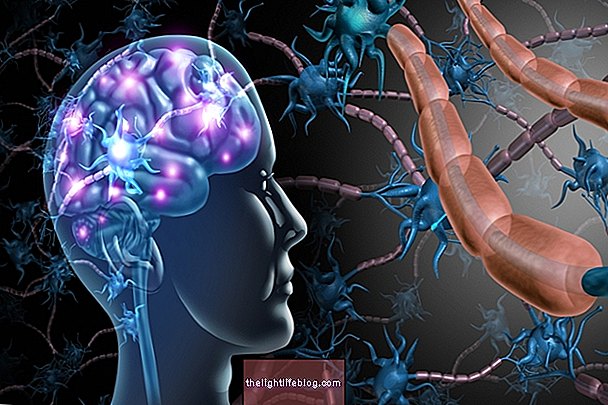

-principais-causas-e-tratamento.jpg)
